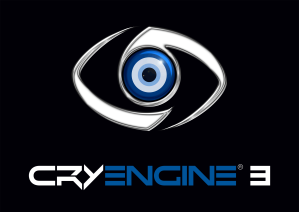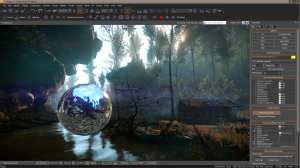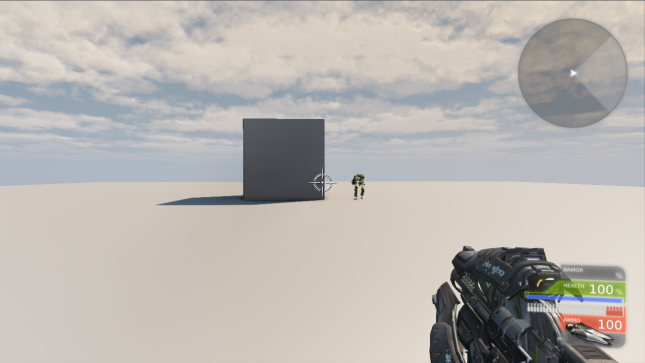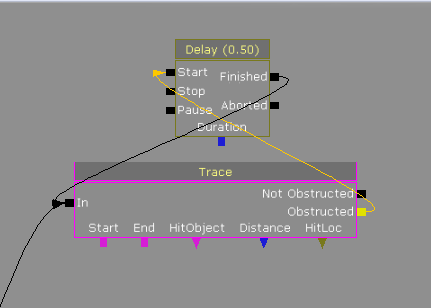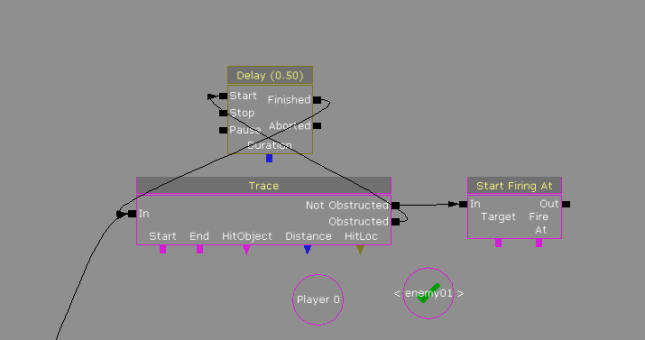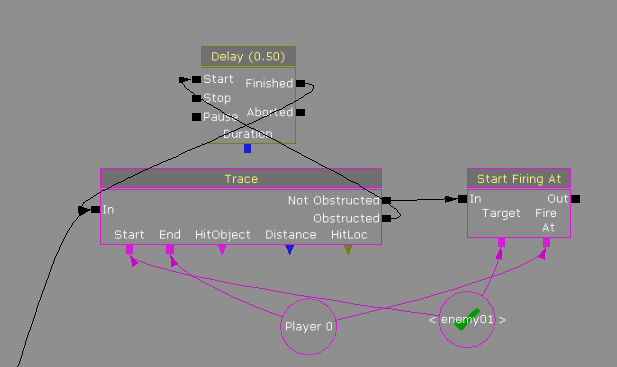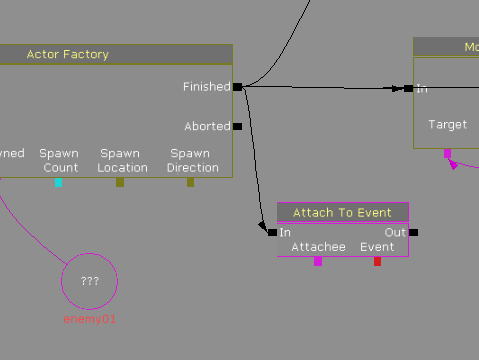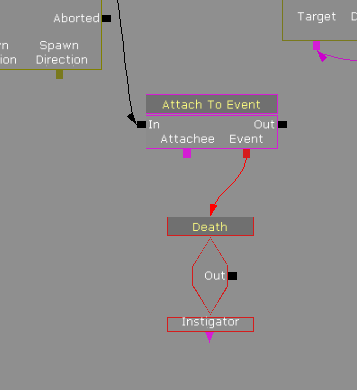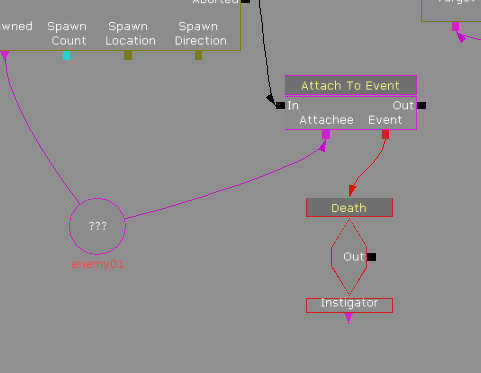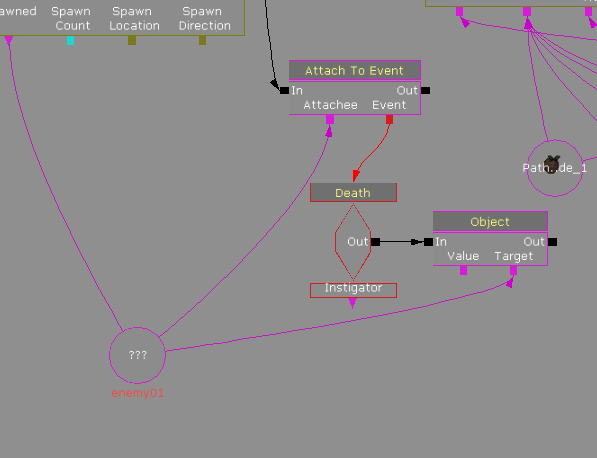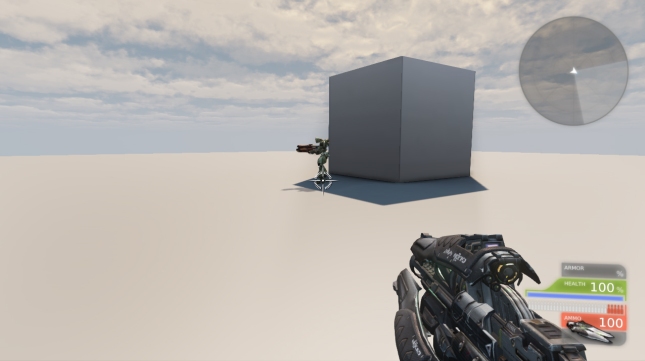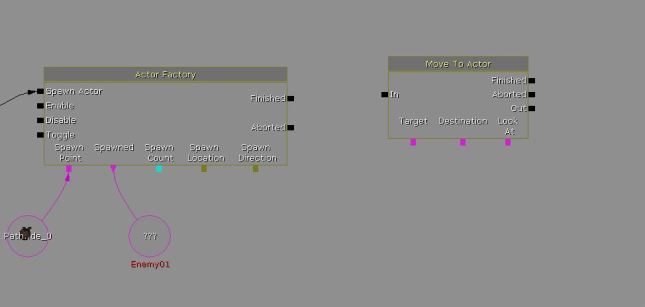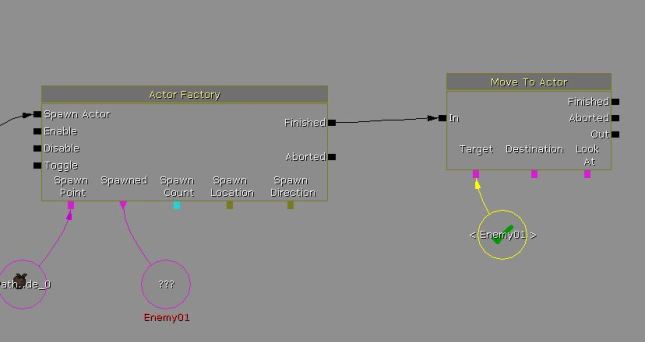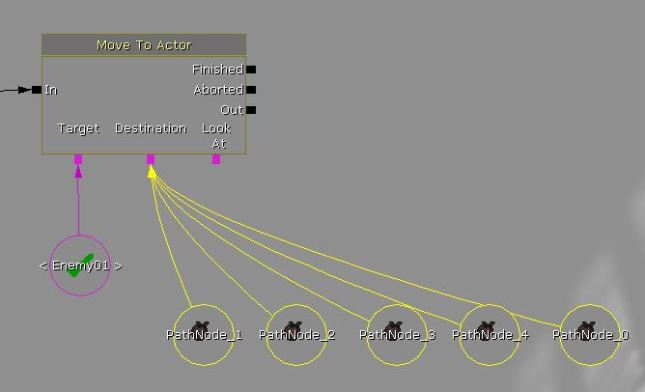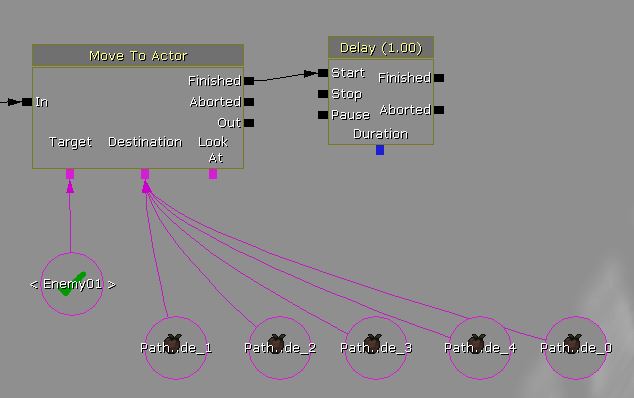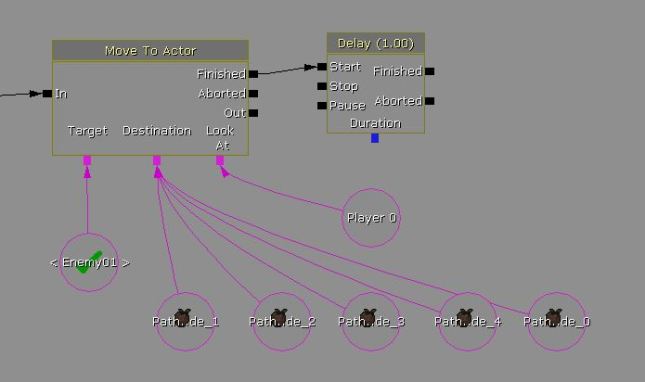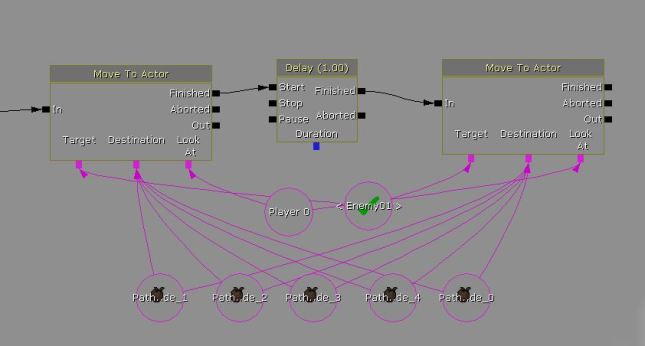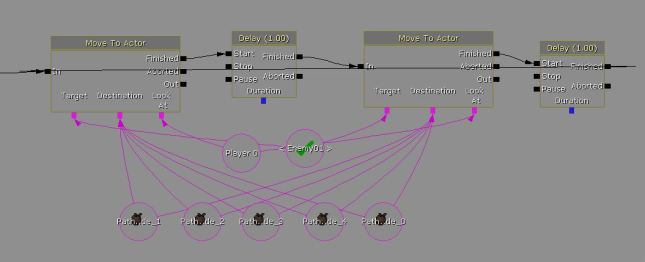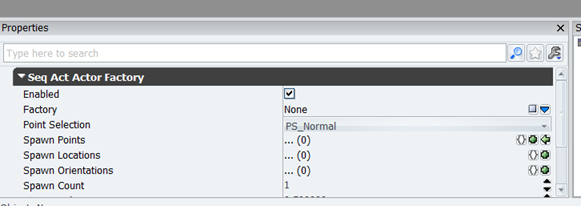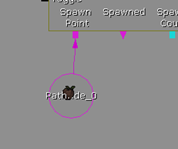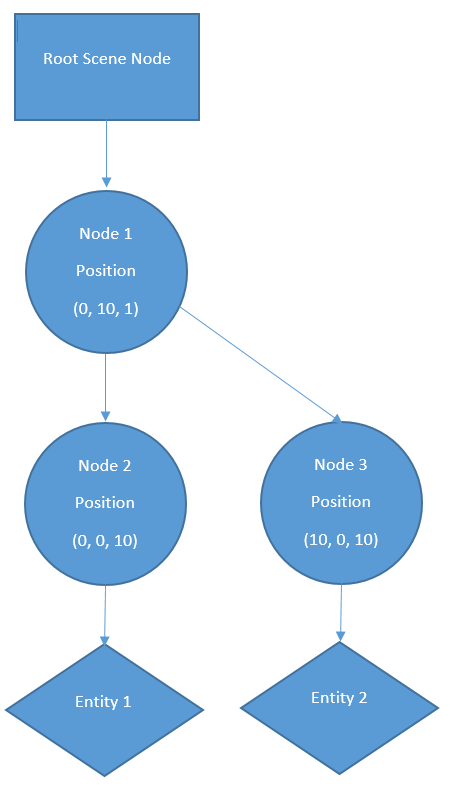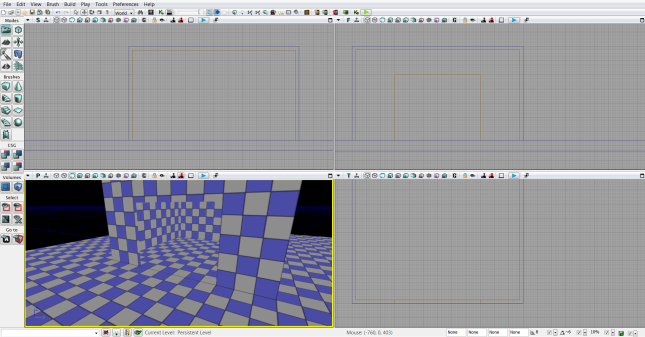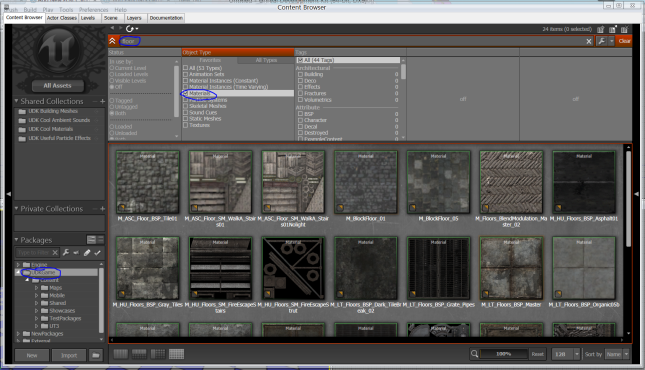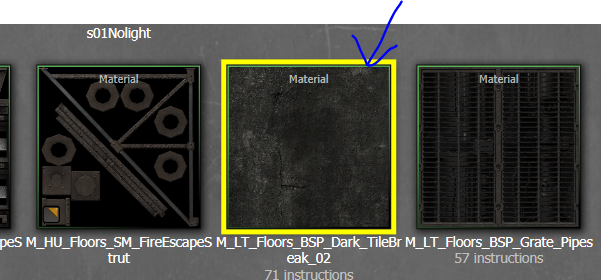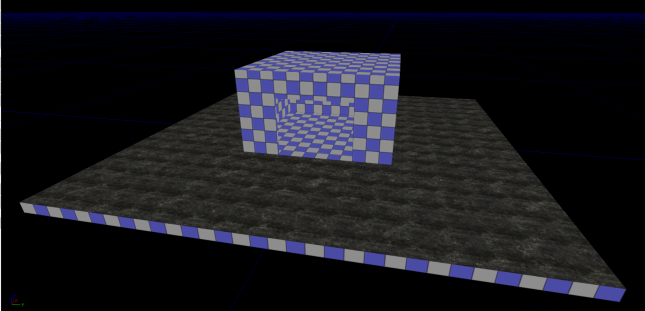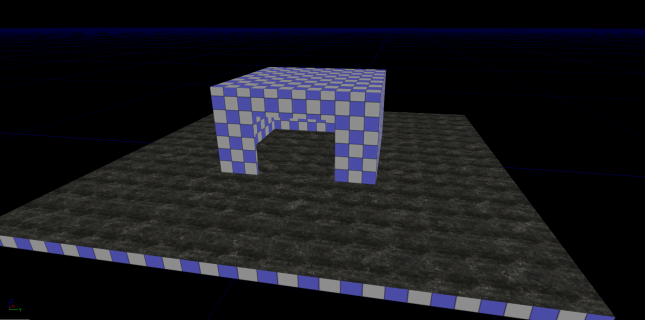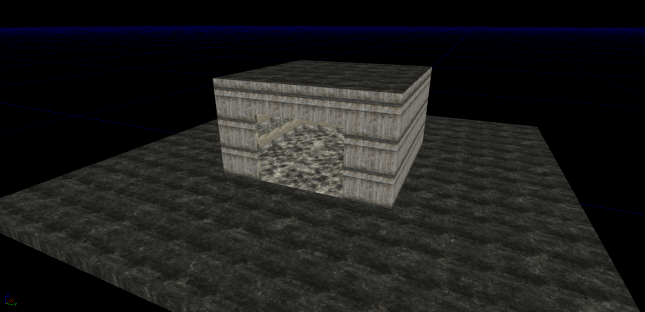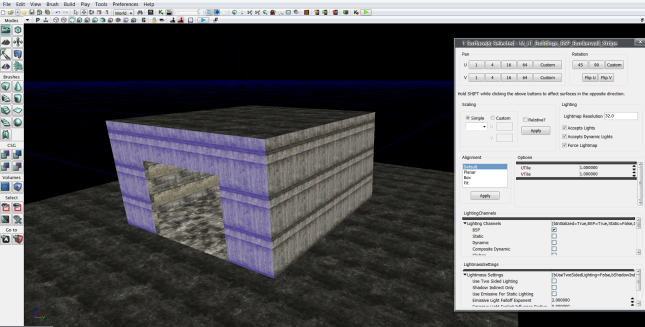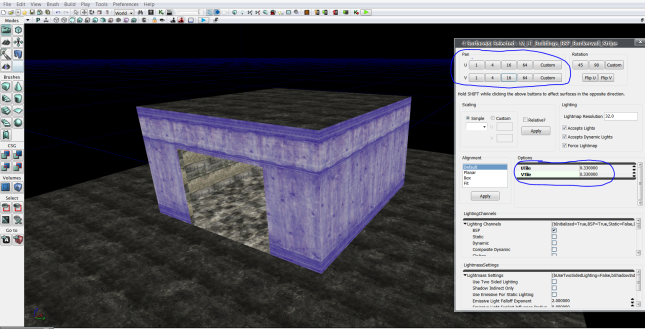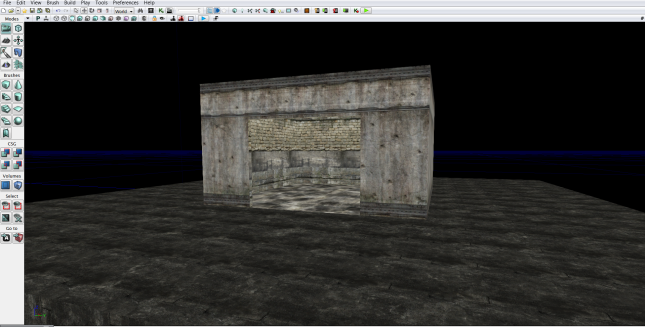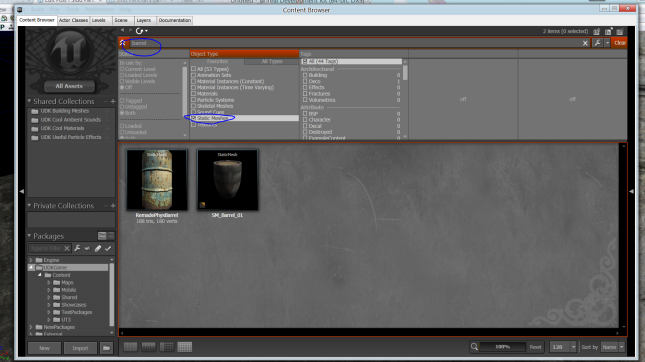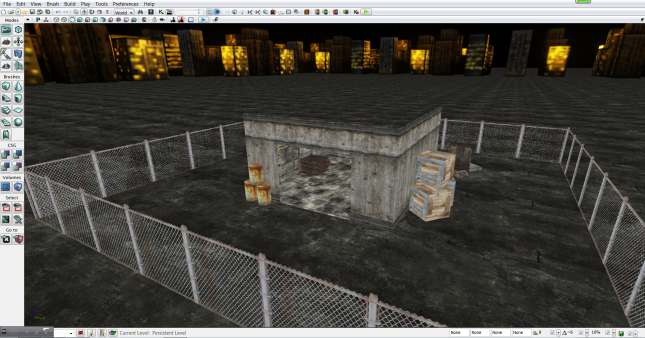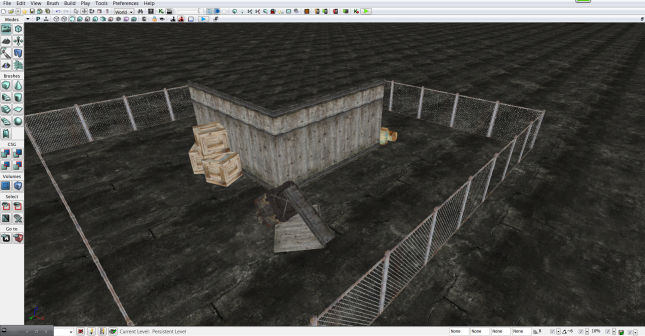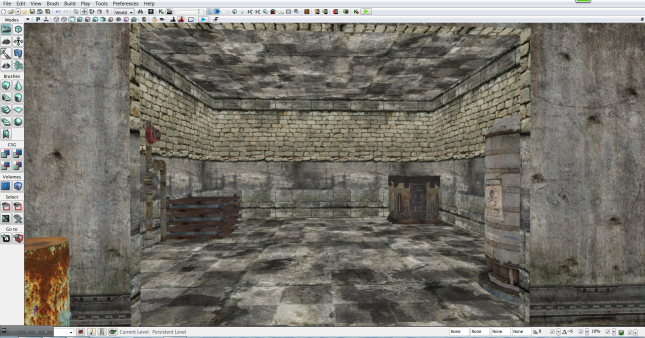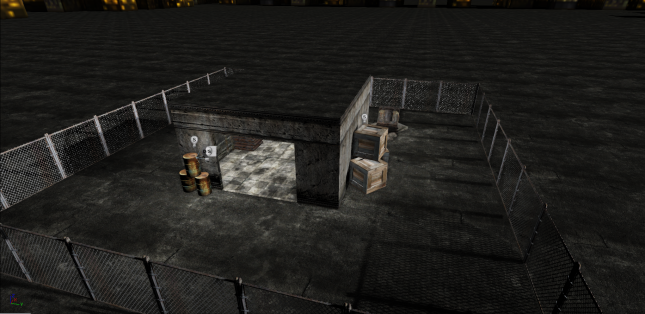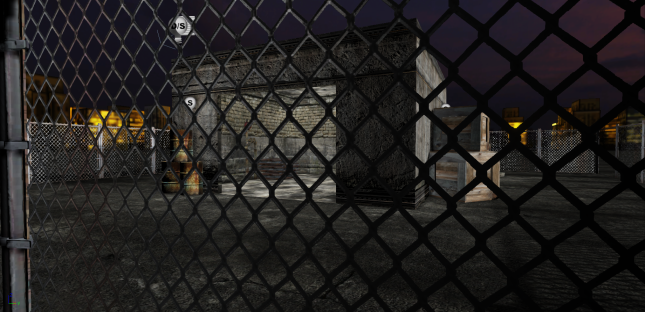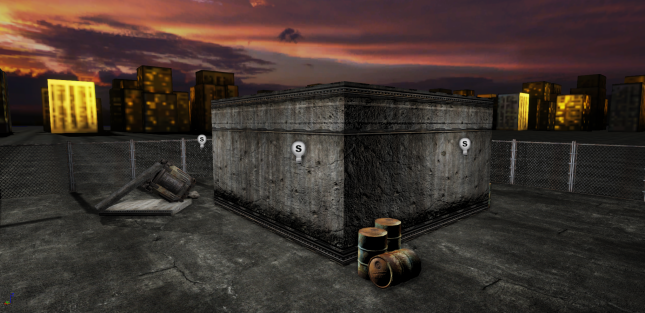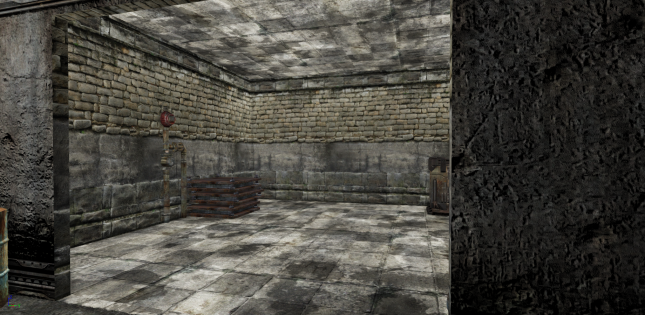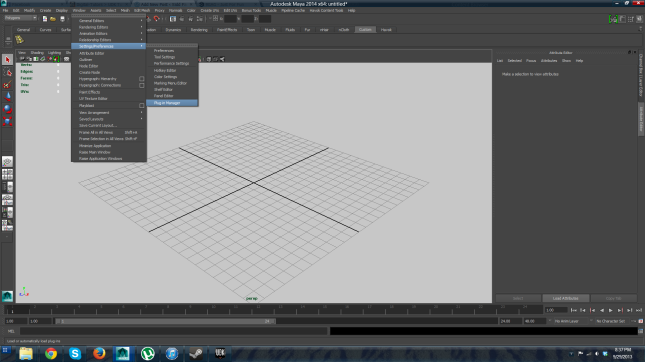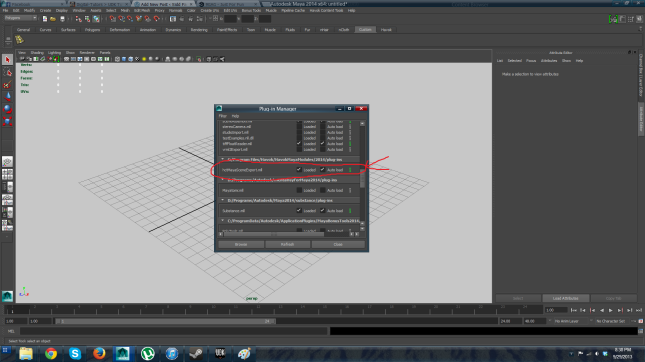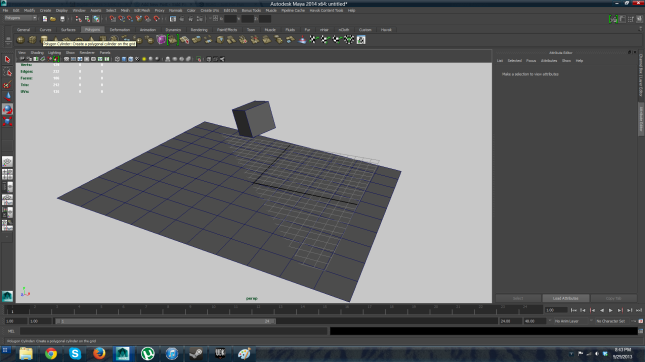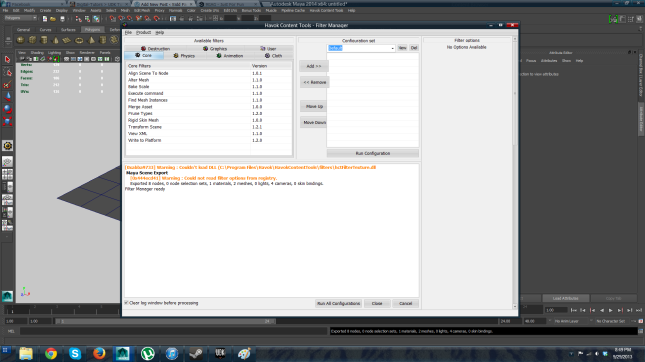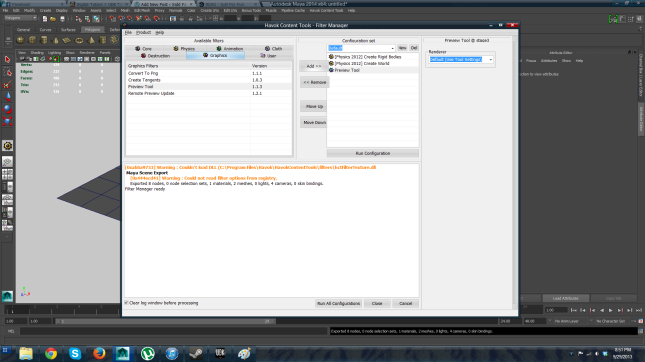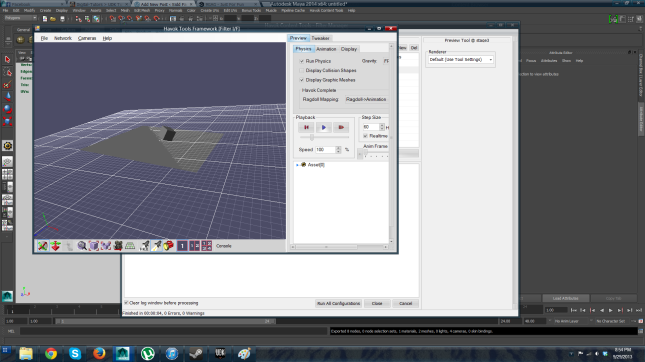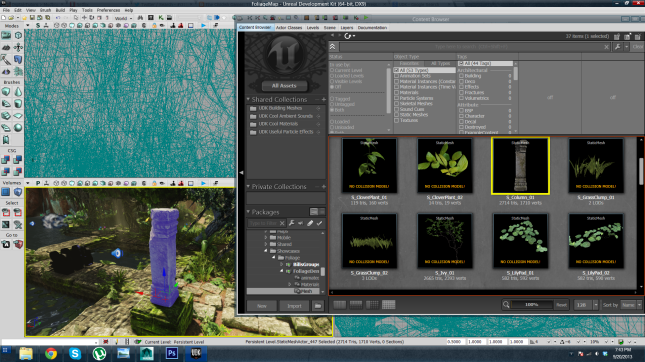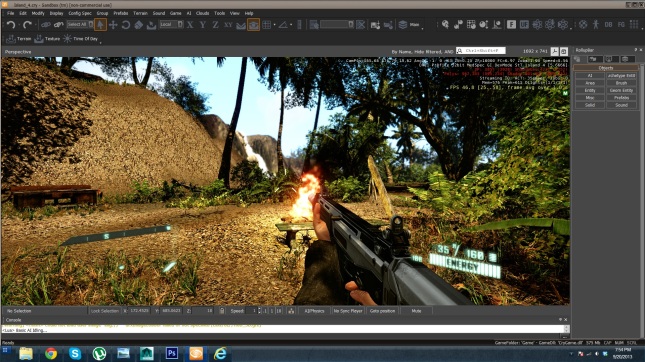In this blog post, I will guide you through basics of staring in Unreal Development Kit and also introducing BSP brushes inside UDK to build robust level.
So,first thing we will have to do is download and install Unreal Development Kit.
1.) Go to http://www.unrealengine.com/udk/ and click on Download button. And download the latest UDK beta available.
2.) Install the UDK on your system, and open the “UDK Editor” application. You will see something like this.
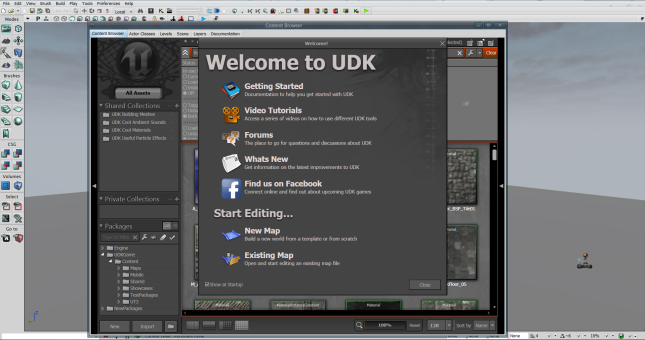
3.) Close all the pop-ups and click on File > New Level. and click on “Blank Map”. If you do not see a red lined box in the middle, press “B” on your keyboard (This is shortcut to toggle between brush visibility)
4.) UDK is a game engine with GUI integrated. Even though it might not have many options like Unity or Cry Engine on the screen, it is managed to push so many features in the package.
5.) UDK has a simple interface and a navigation. “WASD” keys to move inside UDK viewport. Hold right mouse button and move mouse to rotate camera. Hold left mouse button and drag mouse to move camera in world axis.
6.) Now first thing to get started with UDK is to learn about BSP brushes. Now the reg lined box in the middle of the viewport is a BSP brush outline. You can select it, move it, rotate it and also scale it.
7.) Now we will go through a process to create a simple room with BSP inside UDK. We already have BSP inside our viewport, but how do we change its size? To do this right click on the button shown below.
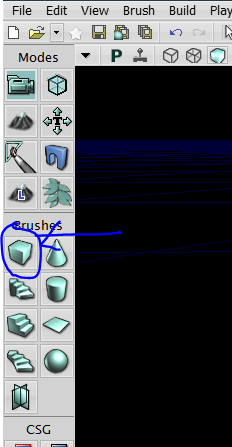
8.) A small window will pop up. This is where you define the size of the brush. I want to create a plane first, so I will enter X= 1024, Y=1024 and Z=16 to create a flat plane. We won’t have to worry about the other option. Now click build. and hit cancel.
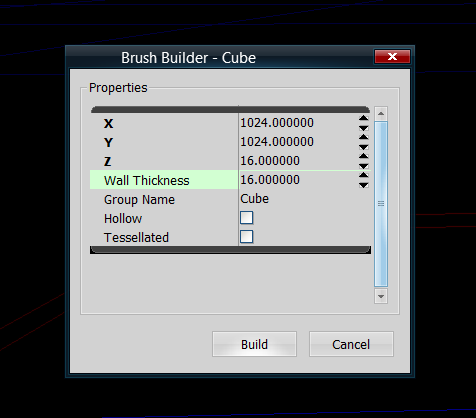
9.) This action does not build anything but it will just change the size of the BSP brush. You will see something like this.
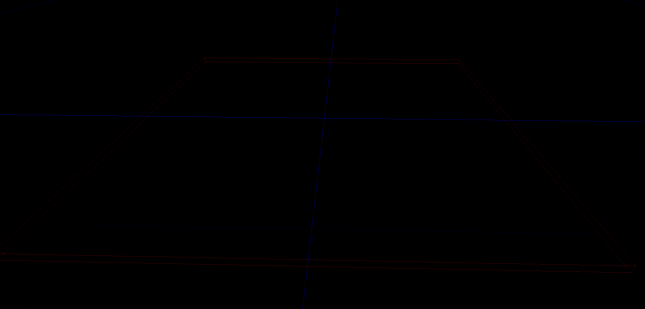
10.) Now we want to build a geometry from where the brush is placed. to do this hit “CSG Add” button from the left panel or simple hit Ctrl + A.
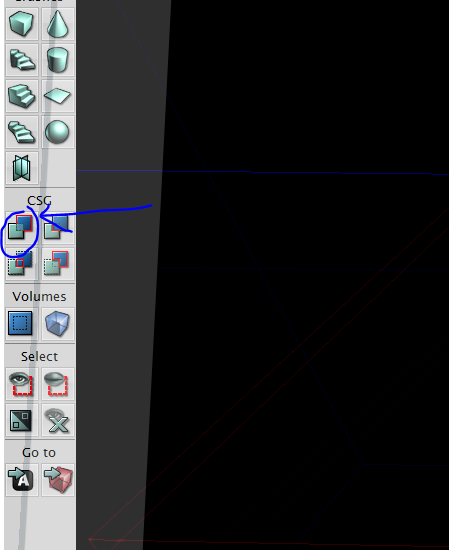
11.) Now using the same technique we will create a small room on this plane. So select the BSP brush and move it a little bit up so the bottom of the brush is on the top part of the plane. If you want to match perfectly then hit “Alt + X” to go open four viewport and adjust it in front or side view.
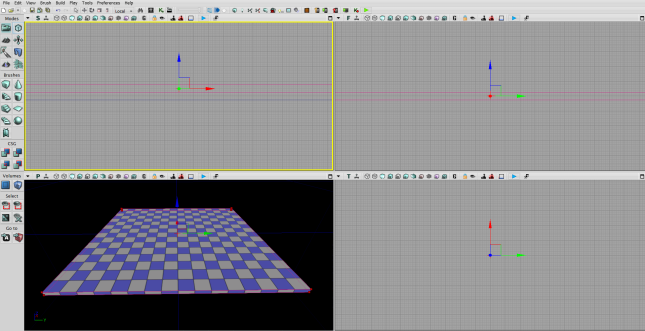
12.) Now change the brush size by right clicking on cube button is left panel, and move the brush where you want to put a room. and hit “Ctrl + A”
13.) Now let’s say you want to move geometry by moving the vertex like you can do in maya. To do this click on Geometry Mode from left panel or hit “Shift + 2“. This will open a popup. Let’s not pay attention to popup yet. But this mode will allow you to change geometry of the BSP brush.
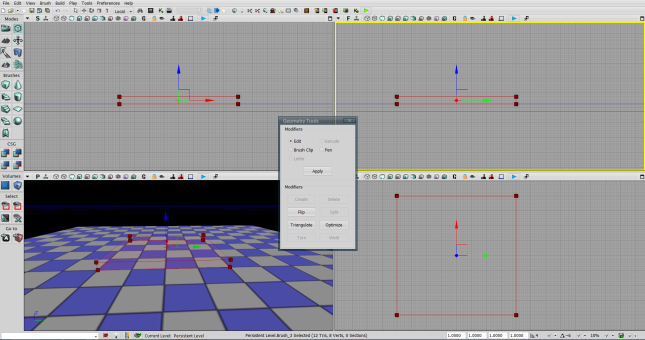
14.) If you look at the image above, I still haven’t adjusted a height of the room. To move vertex of the brush you can simply click them and move it. If you want to select multiple vertex by dragging, hold “Ctrl + Alt” and while holding drag mouse around vertices to select them and move them up to create a proper height for a room. make sure you are working on the “World” axis when moving. After moving hit “Ctrl + A” to build a geometry. [to exit out of geometry mode simple close the popup box called “geometry tool”]

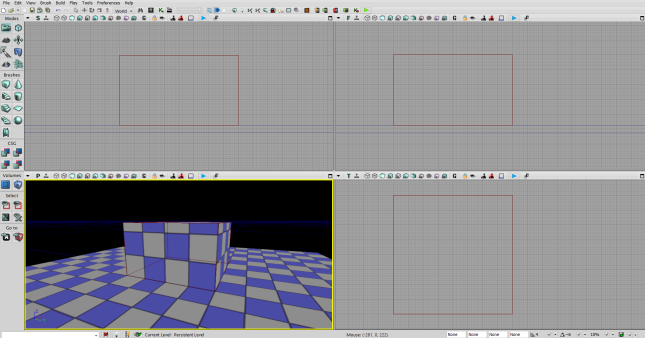
15.) We only have created the outside of the room. Now let’s create an inside of the room. Let’s click on our brush and hit “Shift +2” and go to geometry mode.
16.) To create a hollow room, we must come go to every view [hit Alt + X to open 4 viewport] and move all vertices of the brush slightly inside.
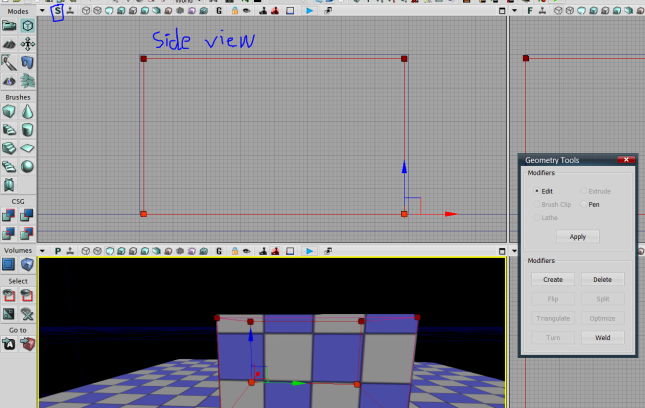
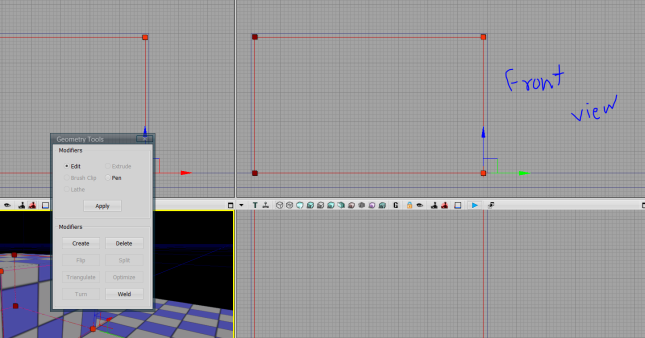
17.) Now the brush is actually contained inside other box. So we cant add geometry there, because virtually the geometry exist there. So to create a wall inside we have to subtract the geometry from the box we have created earlier. To do this click on “CSG Subtract” from left panel or simply hit “Ctrl + S” and this will subtract geometry. To view this move your camera inside the box and you will see a wall inside.
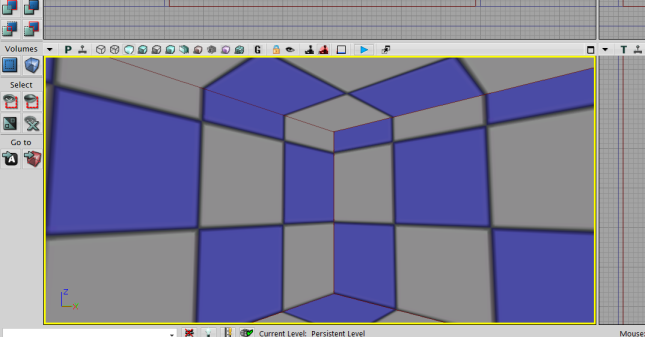
18.) Now lets move to the final step and create a door way. Here we will look at the different technique to subtract geometry. If you go to you Front, Side or Top view you must see other geometry we have created earlier are displayed in blue and dark yellow [if you don’t see dark yellow hit “B” key to hide your brush]. These are not just random color, but they mean something. The blue line means this geometry was added while dark yellow means it was subtracted. Now we now that geometry for the door is gonna subtracted from the actual room. So we can just use the dark yellow brush that we have created before. Now select the dark yellow bush in the view port [only visible in front,side and top view] and press “Ctrl + D” to duplicate the object. Now go to geometry mode and re-size the brush to match the door
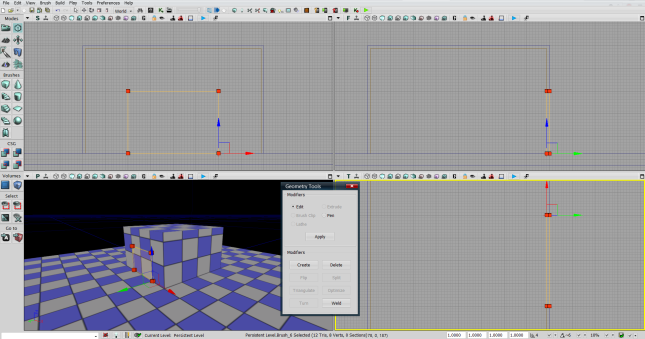
19.) Now this brush is subtraction brush already, so hitting Ctrl + S will not do anything. So to build this geometry simple click on “Build Geometry from Visible Levels” from the top bar.

20.) It will open a pop-up and throw few warning and errors, ignore it and hit Close. And you will see door is already created.
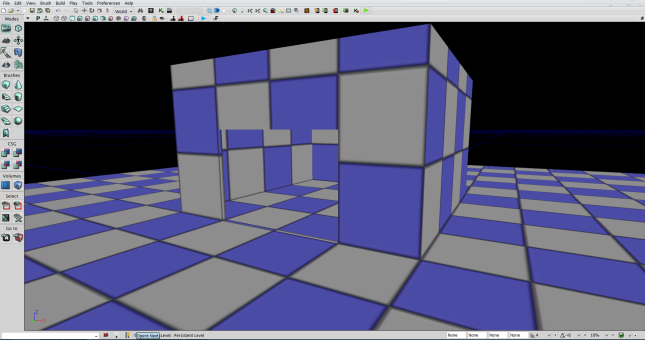
In next blog we will work on adding materials, and also adding 3D models those are created in the scene.
See Ya’ later.
